A successful and effective SEO strategy is crucial for ranking a website on search engines and gaining users' trust in the business. To achieve the best results from search engine optimization techniques, you need to focus on both on-page SEO and off-page SEO. On-page SEO involves optimizing all elements on your website, such as updated content, meta tags, and SEO-friendly URL structure, to make it more user-friendly. Off-page SEO, on the other hand, involves external factors such as backlinks and social media shares that help promote your website. In this blog, we will discuss the critical SEO elements that must be focused on to increase organic traffic to your website.
Search engine optimization includes optimizing performance of crucial SEO elements to achieve the desired marketing goals. It may be optimizing website page loading speed, mobile optimization, and other technical aspects that enhance the website ranking on SERPs. Focusing on all these aspects helps increase your website traffic. SEO makes your content easy for search engines to discover, crawl, index, understand, and rank. The purpose of SEO is to display the most relevant pages for users' search queries. This can increase website traffic by directing users to your site. Every site owner performs SEO to improve their Google rankings and grab a significant market share in their industry by dominating the search engine results. To boost your online visibility and attract potential customers, doing the SEO with a proper SEO plan & strategy in place can significantly impact your website's traffic and conversions. This blog post will discuss key steps to creating a successful SEO strategy.
Essential SEO strategies to increase website traffic
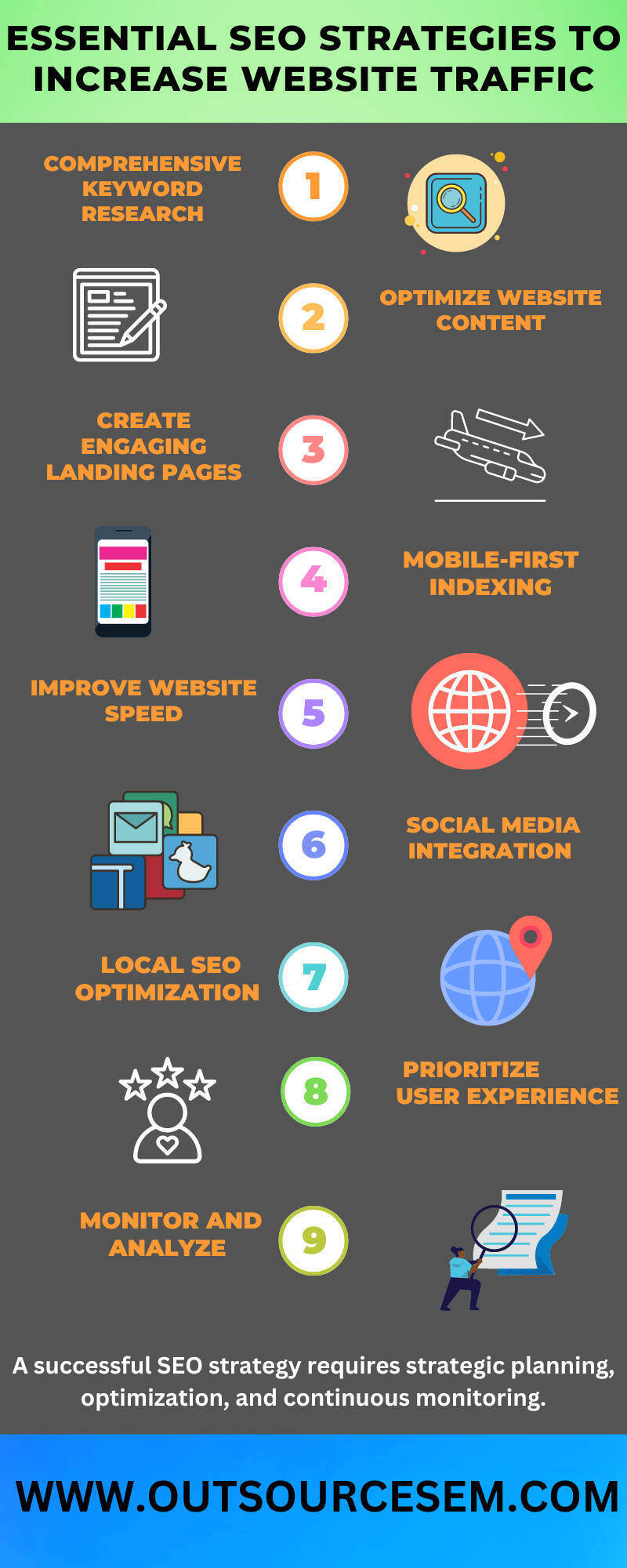
1. Comprehensive keyword research
The SEO plan begins with comprehensive keyword research. Begin by identifying terms related to your business products or services. Consider the mindset of potential customers, analyze the competitor's keywords, and research the right keywords with a major focus on search volume, keyword difficulty, etc.
Various keyword research tools like Google Keyword Planner, SEMrush tool, or Ahrefs tool can be used to find trending and high-volume keywords. You can search for terms relevant to your business and the services you provide, focusing on search traffic and competitiveness. You can also consider the seasonality factor, as some keywords may be more prevalent during specific holiday seasons. For example, if you sell home decor, target phrases such as " home decor" or "party items." These terms reflect the search intent and correspond to what your potential customers are likely looking for. Remember to include long-tail keywords in your keyword list. Long-tail keywords like "handmade ornaments for sale" help attract more targeted and relevant traffic.
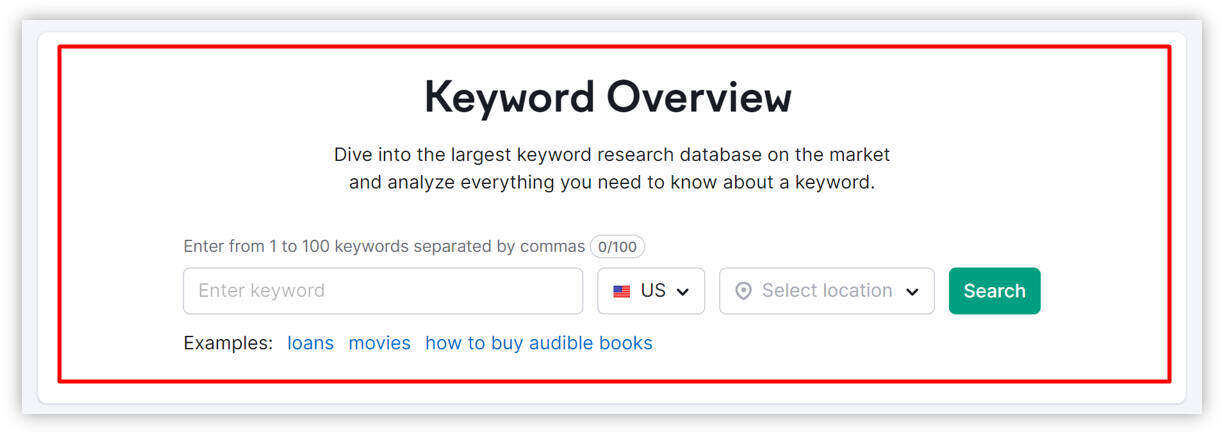
2. Optimize website content
Once you've discovered your keywords, it's time to incorporate them into your website content. Product descriptions, landing pages, and blog articles should all be updated to match the festive mood. You can create intriguing and engaging content that combines these keywords and resonates with your target audience's emotions and desires. Lastly, these elements will pitch your sales on the website, so organizing content on the site also better engages your audience.
Ensure your product descriptions emphasize their usefulness and help users understand the item better and in an easy way. You can create landing pages that are visually appealing and easy to navigate. Including engaging call to action (CTAs) helps direct visitors to purchase or explore more of your products and services.
Include themed blog posts that are helpful for your audience. This may include gift guides, do-it-yourself decoration ideas, or articles on creating memorable events. Producing exciting and relevant content improves your SEO and positions your brand as a valuable resource.
Remember to optimize your meta titles and descriptions. Create engaging, clickable titles that include your business keywords. Your meta description should give readers a brief yet tempting sample of what they may expect on the page. By filling your website with themed content and optimizing it for relevant keywords, you're improving your SEO and enhancing user experience. This approach significantly impacts your website's performance and boosts online.
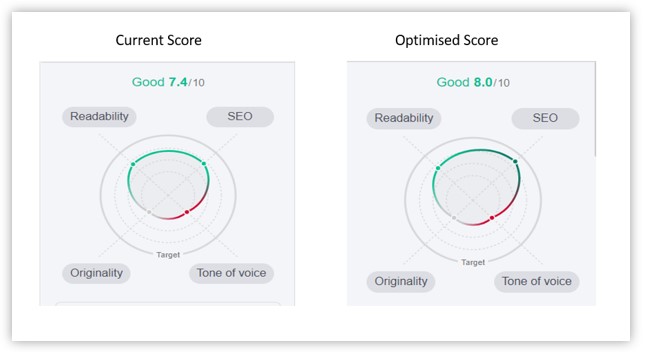
3. Create engaging landing pages
A successful SEO strategy includes creating dedicated landing pages for promotions and special offers. These landing pages can also be used as seasonal marketing efforts, providing a focused space to showcase your festive offerings. To create effective landing pages, consider the following:
A. Visual appeal: Include creative design elements, colours, and imagery corresponding to the trending themes. Use high-quality, seasonally appropriate visuals that are appealing to your target audience.
B. Easy navigation: Make sure the landing pages are easy to navigate. Users should be able to find the information they require quickly, whether it is information about promotions, featured products, or special discounts. A simple and straightforward layout contributes to a positive user experience.
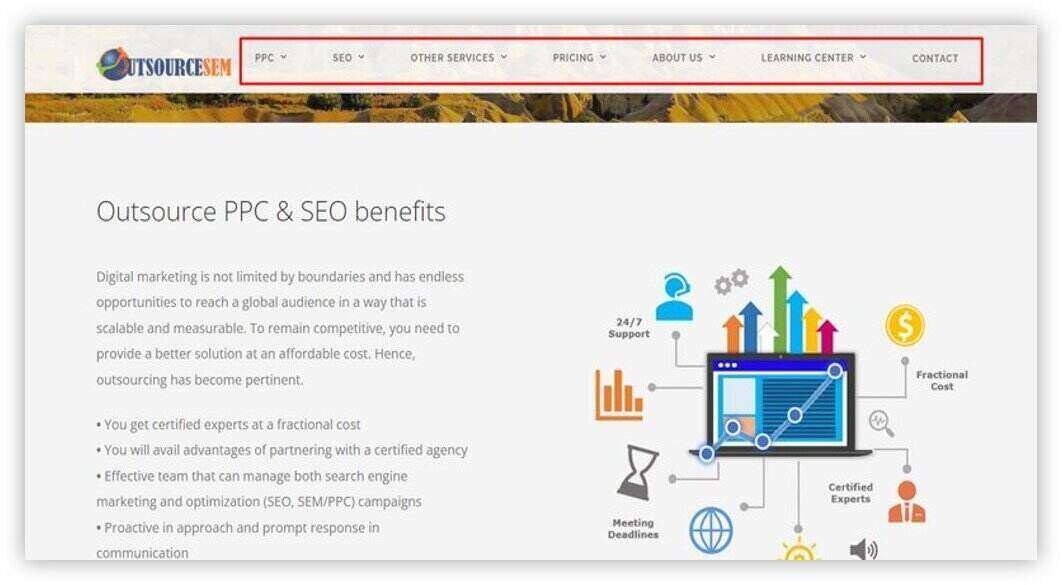
C. Optimized for keywords: Integrate product-specific keywords into the content of the landing pages. This assists search engines in determining the relevant pages to be shown to the target audience looking for your product or services.
D. Compelling call-to-action (CTAs): Include visible and compelling CTAs that direct visitors to desired actions. CTAs should be clear and persuasive, whether they encourage purchases, newsletter sign-ups, or exploration of additional promotional offerings.
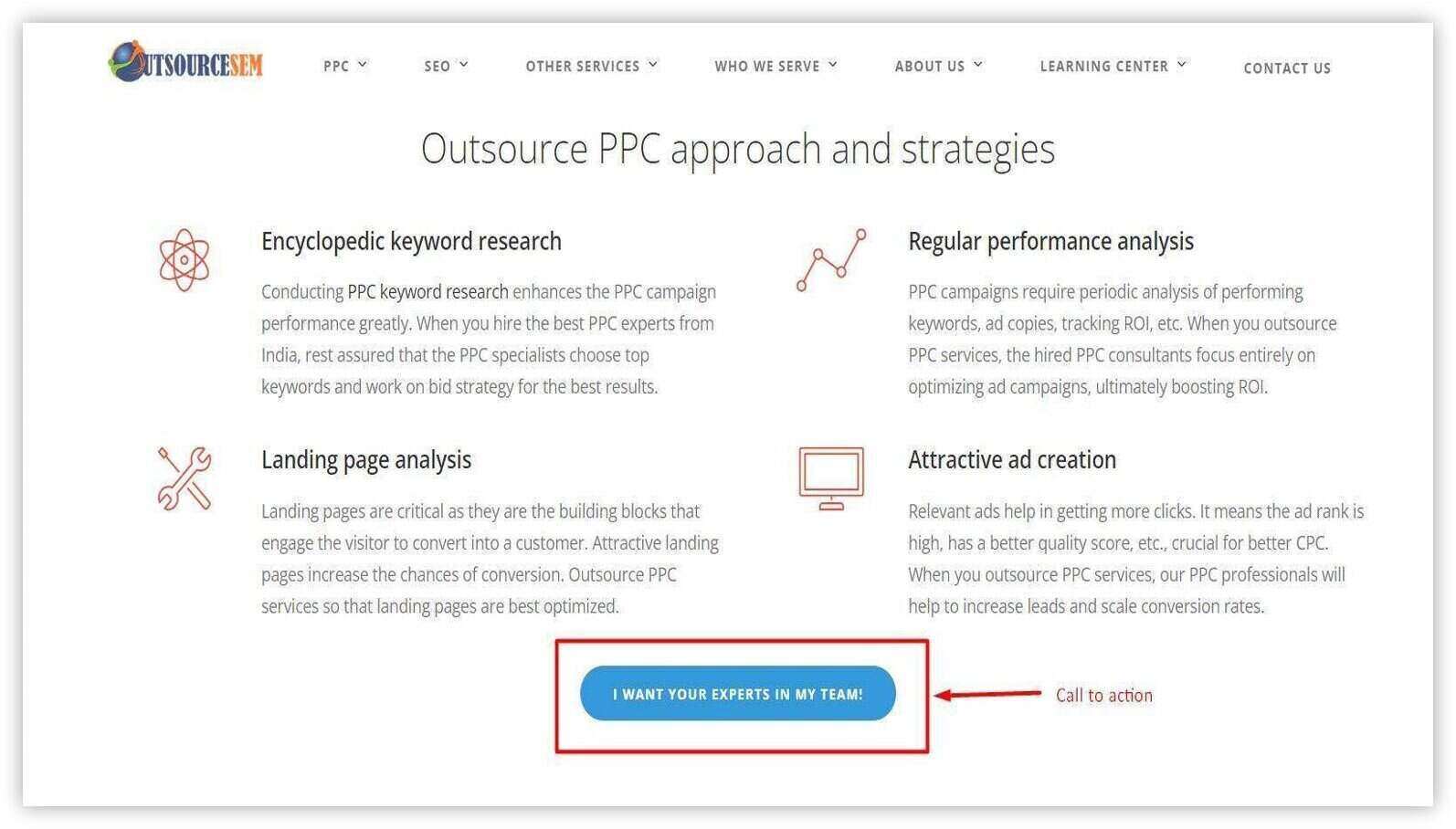
4. Mobile-first indexing
With the continued rise in mobile usage, optimizing your website for mobile devices is no longer an option—it's essential. Google prioritizes mobile-friendly websites, and a consistent mobile experience is critical for attracting and retaining regular shoppers. Here are some key mobile optimization considerations:
A. Responsive design: Ensure your website has a responsive design that adapts to different screen sizes. This will ensure a consistent and user-friendly experience across devices, including smartphones and tablets.

B. Mobile-friendly content: Make your content mobile-friendly, and ensure that its copy is concise and engaging, and your images should be appropriately sized for mobile screens. Consider the mobile user's context and streamline the content for easy readability.
C. Mobile page speed: Mobile users expect pages to load quickly. To improve your website's speed on mobile devices, compress images, use browser caching, and use a content delivery network (CDN). This not only improves the user experience but also has a positive impact on search engine rankings.
5. Improve website speed
Website speed is an essential factor that directly impacts user experience and search engine results pages. While exploring, visitors are less likely to engage with a website that takes too much time to load. Here's how to speed up your website:
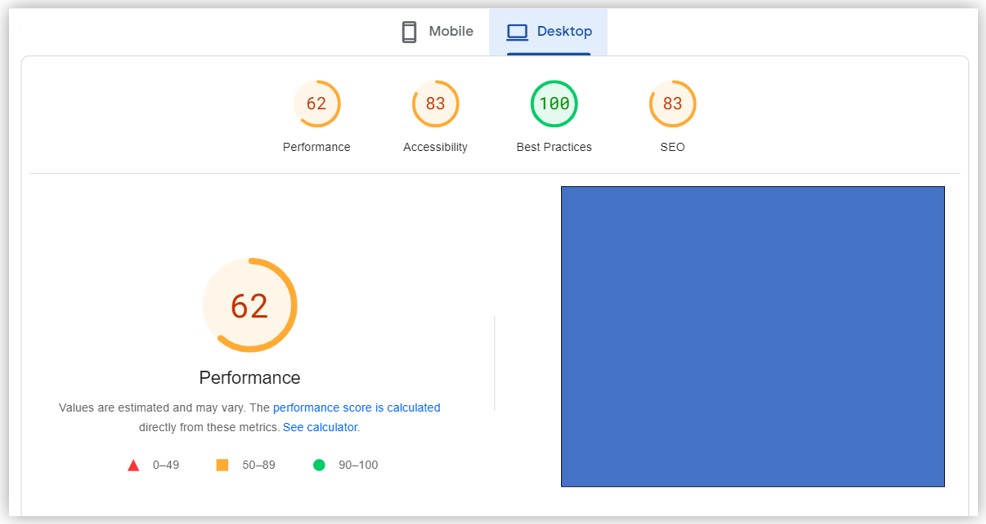
A. Image compression: Large image files can significantly slow page loading times. Fortunately, images can be compressed without compromising quality. Use tools and plugins to optimize images for the web.
B. Browser caching: Use browser caching to store static files on visitors' devices, reducing the need to reload them whenever they visit your site. This reduces load times for repeat visitors.
C. Content Delivery Network (CDN): Use a CDN to distribute your website's static content across servers worldwide. This will reduce the physical distance between the user and the server, resulting in faster loading times.
6. Social media integration
Taking advantage of the power of social media is an essential component of a comprehensive, successful SEO strategy. Social media platforms not only provide a direct channel for engaging with your audience, but they also contribute to the search engine optimization of your website. Here's how to incorporate social media into your SEO campaign successfully:

A. Content sharing: Share themed content on your social media channels. This could include appealing images, videos, blog posts, and engaging infographics about your offerings. Make sure your content is tailored to the preferences of each platform and that it resonates with your target audience.
B. Promotions and offers: Use social media marketing to promote your promotional and special offers. Create eye-catching visuals or videos highlighting discounts, limited-time offers, or exclusive packages. Encourage social sharing to spread the word about your promotions.
C. User-generated content (UGC): Encourage your followers to create and share themed content. Run any themed contest or ask users to share photos of themselves using products or services. User-generated content encourages community engagement and provides search engines with valuable social signals.
D. Reviews and testimonials: Seek out and share positive feedback and testimonials on your social media channels. Positive social signals, such as likes, shares, and comments, help build positive brand recognition, which can indirectly influence search engine rankings.
7. Local SEO optimization
Local search optimization is critical for businesses with physical locations, especially when local shopping is prevalent. Here are some tips for improving your local SEO:
A. Google My Business (GMB) optimization: Update your Google My Business listing with the correct holiday hours, special promotions, and festive photos. Check that your company's information, such as its address and phone number, is current. Google My Business plays a vital role in local search rankings, and having accurate information increases your visibility in local results.
B. Localized content: Create content that is tailored to your specific community. This could include writing blog posts or creating landing pages highlighting local events, traditions, or collaborations. To improve your visibility in local searches, incorporate geo-targeted keywords naturally into your content.
C. Optimize for "Near Me" searches: As consumers increasingly rely on mobile devices for quick and location-specific searches, local businesses must optimize for "Near Me" searches. Incorporate location-based keywords into your content, such as product descriptions, landing page optimization, and meta descriptions.
8. Prioritize user experience
Prioritizing user experience on your website is crucial for keeping visitors, lowering bounce rates, and encouraging exploration. A positive user experience improves customer satisfaction and indirectly impacts search engine rankings. Here are some tips for improving user experience:
A. Well-designed interface: Make sure that your website has a user-friendly interface. Use clear navigation menus, visually appealing infographics, and a layout that smoothly leads users through the site.
B. Responsive design: To enhance user experience, it's crucial to make your website responsive and mobile-friendly. This will ensure a consistent and seamless journey for your users across different devices.
C. Fast loading times: Keeping the importance of website speed in mind, prioritize fast loading times for all pages on your site. Users are more likely to interact with a website that loads quickly, particularly during peak seasons.
D. Clear calls-to-action (CTAs): Place clear and compelling CTAs strategically throughout your website. CTAs guide visitors toward desired actions, whether they are directed to promotions, product pages, or subscription forms.
9. Monitor and analyze
Monitoring and analyzing your SEO strategy regularly is critical for ensuring its effectiveness and making informed adjustments to optimize performance. Analytics tools can provide valuable insights into user behavior, website traffic, and the effectiveness of your SEO efforts. Here's a detailed guide to tracking and analyzing your SEO strategy:
A. Set clear objectives: Establish clear objectives for your SEO campaign before diving into analytics. Well-defined goals will guide your monitoring efforts, whether you're trying to increase website organic traffic, sales, or keyword rankings.
B. Use analytics tools: Track and measure key performance indicators (KPIs) using robust analytics tools like Google Analytics, Google Search Console, and other relevant platforms. These tools provide in-depth information about user interactions, traffic sources, and the overall health of your website.
C. Conversion rates: Conversion rates help you understand how well your website converts visitors into customers. Examine the effectiveness of specific landing pages and promotions. Identify and optimize any drop-off points in the conversion funnel.
D. User engagement: Examine user engagement metrics like time on site, bounce rate, and click-through rate. High bounce rates indicate visitors aren't finding what they are looking for, whereas increased time on the site suggests that users are engaged and interested.
Conclusion
A successful SEO strategy requires strategic planning, optimization, and continuous monitoring. Incorporating these critical steps into your strategy can improve your online presence, attract visitors, and ultimately drive business success.
If you find SEO challenging to implement yourself, you can contact a digital marketing agency. You can outsource SEO services, avail of white label SEO services, campaign analysis services, etc., and increase web presence. The experts at a digital marketing agency have expertise in SEO audit, running mobile ads, video ads, small business SEO, enterprise SEO, detox & penalty removal, display ads, search ads, email marketing, digital analytics, backlink analysis, link building, SEO analytics, and much more. Businesses can improve their online presence by aligning content with trending themes, collaborating with influencers, and optimizing for "near me" searches. Regular monitoring, analytics-driven adaptation, and a focus on user experience all contribute to a strong strategy. Adopting these strategies ensures increased visibility and meaningful engagement, allowing businesses to thrive in today's competitive and festive digital landscape. You can also avail offshore SEO services and hire offshore virtual assistant with expertise in conducting market research, performing conversion analysis, conducting competition analysis, performing reputation management, performing link building, etc. to increase website traffic. We are a digital marketing agency that is dedicated to delivering excellent work. By choosing our services, we will optimize your website to achieve top rankings on search engine result pages (SERPs). Contact us for SEO services tailored to home service businesses, including electrician SEO, roofing SEO, flooring SEO, lawyer SEO, small business SEO services, and more.
References:
- 20 SEO tips to boost organic rankings & traffic
- 39 Ways to increase traffic to your website
